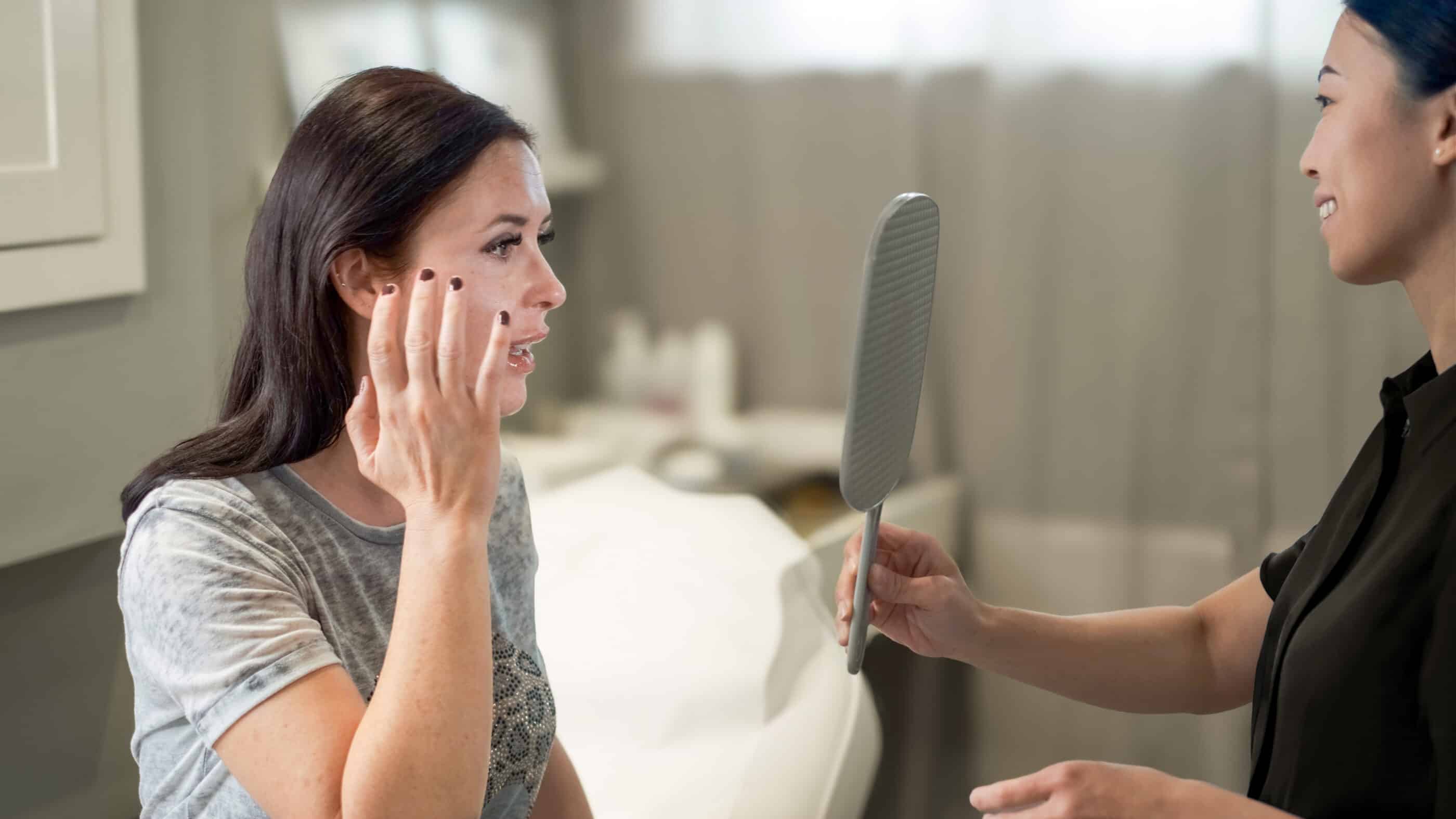Aging affects our face in several ways, leading to the signs we commonly associate with getting older. Let’s dive into the fascinating process of how our faces change as we age.
Collagen and Elastin Loss
Imagine collagen and elastin as the scaffolding and stretchy rubber bands that hold up a bouncy castle. When we’re young, this castle is firm and elastic. But as we age, these supports weaken, causing the castle to sag, just like our skin losing firmness and developing wrinkles.
Skin Thinning
Think of the outer layer of your skin, called the epidermis, like the protective cover of a book. Over time, it’s like that cover gets thinner and more delicate, making it more susceptible to wear and tear, like fine lines and age spots.
Decreased Hydration
Picture your skin as a sponge. In your youth, it’s like a fully soaked sponge, plump and hydrated. But with age, it’s as if the sponge can’t hold onto water as well, leading to dryness and a loss of that plump look.
Muscle Weakening
Your facial muscles are like the strings of a marionette puppet. When they’re strong, they can lift and support the puppet’s movements gracefully. But as they weaken, it’s as if the puppeteer’s strings lose tension, causing sagging and less defined features.
Fat Redistribution
Visualize your facial fat as the filling in a plush toy. As time goes by, it’s like the stuffing shifts – some areas may deflate (leading to hollowing), while others puff up (resulting in fullness or puffiness).
Exposure to Environmental Factors
Think of your skin as a precious painting exposed to sunlight and pollution. Over the years, it’s like the colours fade, and imperfections become more apparent, creating age spots and fine lines, just like a painting that’s aged.
Genetics
Genetics is like a unique recipe for how your face will age. It’s as if some people inherit a recipe for a cake that’s prone to collapsing, while others inherit one that stays sturdy and beautiful.
So, as the years go by, it’s like our “bouncy castles” lose support, our “book covers” get thinner, our “sponges” can’t hold as much water, our “puppet strings” weaken, our “plush toys” change shape, our “paintings” weather, and our genetic “recipes” play a role in how our faces age. Each person’s face tells a unique story of time and experiences.


Leave a Reply